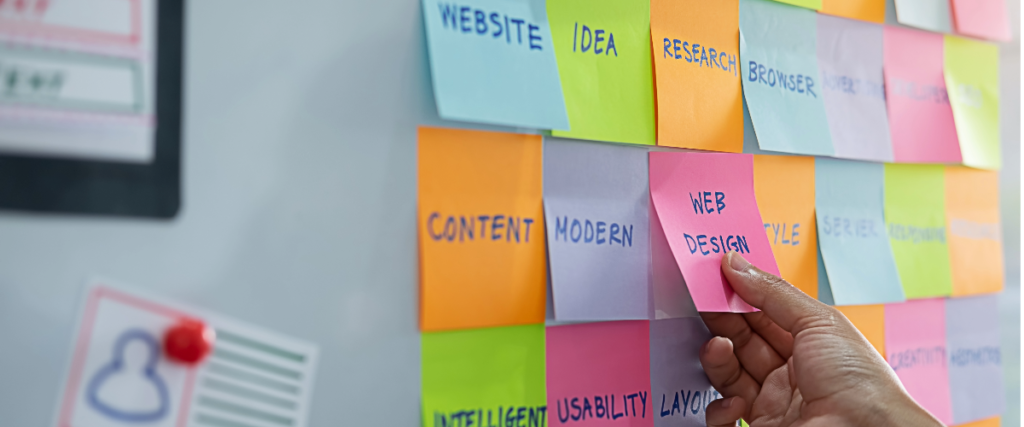
In today’s fast-paced and complex world, finding innovative solutions to challenges is essential for success. Design thinking, a human-centered approach to problem-solving, has emerged as a powerful methodology for unlocking creativity and generating meaningful solutions. I first came to know about this concept from Monishita Bathija, an expert coach on Design Thinking.
In this blog post, we will explore the key principles of design thinking and its transformative potential with a real world use case.
Problem Selection & Framing
Suppose BlogTree.in has grown to a big multinational company spread across multiple regions in India and around the globe. Employees have started travelling quite frequently from one location to another. Since there is no well defined process in place, employees have started facing problems. Thus there is a need to design a seamless travel experience to cater to the needs of the organisation.
In a chaotic world (where design thinking concepts do not exist), the management will try to form a small team and start developing a travel portal to raise interlocation travel requests. This can lead to issues resulting in Misalignment with User Needs, Poor User Experience, Wasted Resources, Inefficient workflows etc leading to unforeseen consequences. So Design thinking gives a 5 stage recipe to avoid problems like these. But before that we need to learn the concept of Framing.
Framing is important because it helps in reinforcing that the key problem statement is simple, broad and ambiguous. It is also important to frame this such that we can refer to our theme, user and context any time in the Design Thinking Stages. There are many templates for framing. One of the commonly used technique is by “How might We” template. In this we have to make sure that the theme, user and context of the problem are clearly identified. Lets see an example.
How might we design a seamless travel experience for BlogTree.in employees in a world where travel is inevitable for business and networking ? Here, the theme is a seamless travel experience for the users who are BlogTree.in employees in the context where travel is inevitable for business and networking.
After Framing, we jump to the 5 Stages of Design thinking.
5 Stages of Design Thinking
What needs to be done to make the design viable, feasible & desirable?
Image Courtesy : Interaction Design Foundation
Design Thinking is a 5-stage interconnected process.
- Empathize, where you deeply understand user needs and pain points;
- Define, where you distill insights into clear problem statements;
- Ideate, where you generate a wide range of creative solutions;
- Prototype, where you create tangible representations of ideas; and
- Test, where you gather user feedback to refine and iterate on prototypes, culminating in innovative, user-focused solutions.
Let’s dive into each of these concepts in detail.
